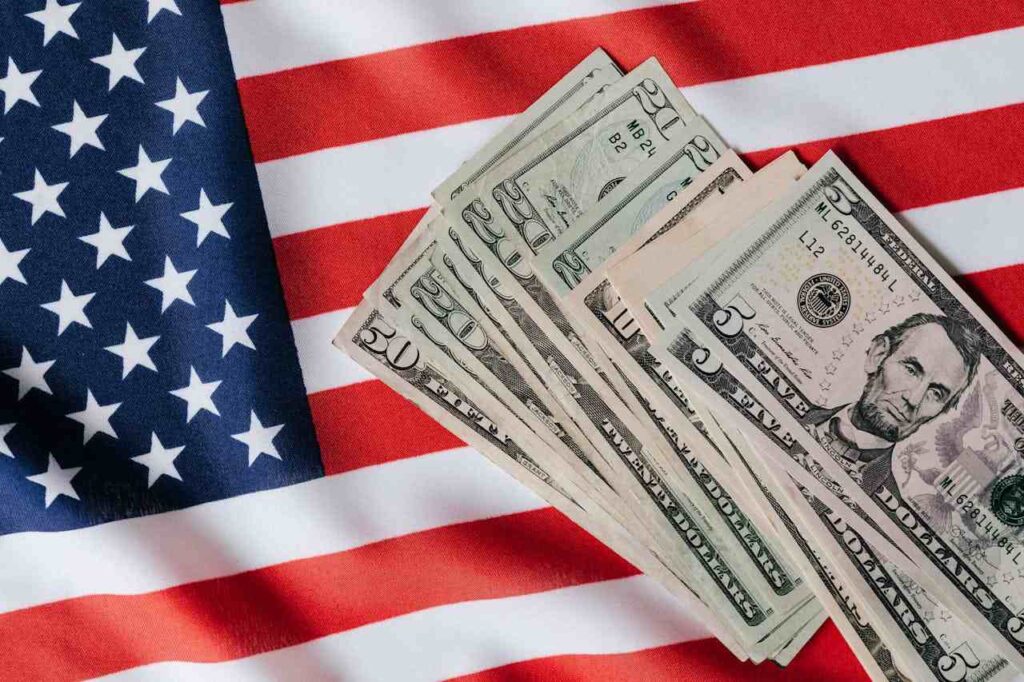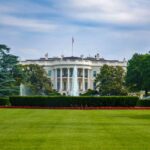What’s Behind the International Monetary Fund’s Rosy Estimates?

The International Monetary Fund’s latest forecast paints a surprisingly bright picture of the global economy, describing current tariffs as “benign” and nudging growth projections up to 3.2%. Some observers, however, see the optimism as raising questions rather than answers.
A few points worth considering:
The United States’ outsized influence.
With about 17% of the IMF’s voting power, Washington effectively holds veto authority over major Fund decisions. It’s fair to ask whether this reality shapes tone and timing — especially under an administration known for strong reactions to perceived criticism.
“Benign tariffs” — or careful phrasing?
Independent economists note that IMF staff papers quietly model a potential 0.8–1.2 percentage-point drag on global GDP from trade tensions. Describing tariffs as “benign” might simply reflect diplomatic caution, not complacency.
A pattern with precedent.
The IMF has softened its language before — during Nixon’s wage-price controls, Reagan’s deficit years, and Trump’s first term. Each time, the tone leaned toward “temporary adjustment” instead of “policy error.”
Possible parallels elsewhere.
Other U.S.-funded institutions have faced pressure after straying from official narratives — the World Health Organization, World Trade Organization, Voice of America, and even the National Oceanic and Atmospheric Administration during the so-called “Sharpiegate” episode. These cases remind us how thin the line can be between policy disagreement and political backlash.
Food for thought.
The Fund’s “rosy” report might be a hedge — a way to project calm in volatile times. Whether it reflects genuine optimism or strategic restraint remains to be seen.
Sometimes what’s left unsaid tells as much as what’s printed.











